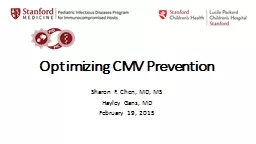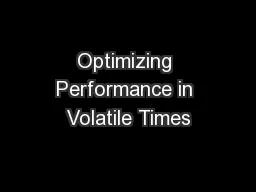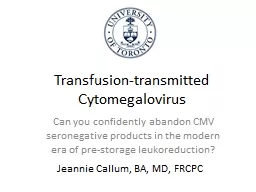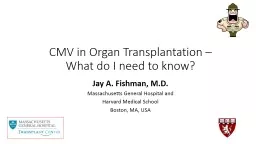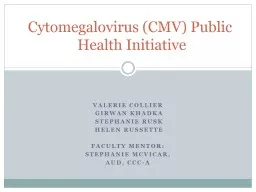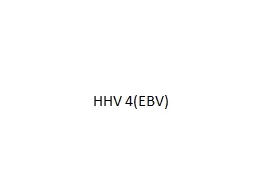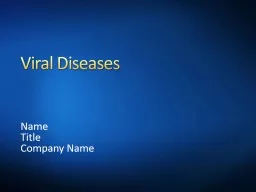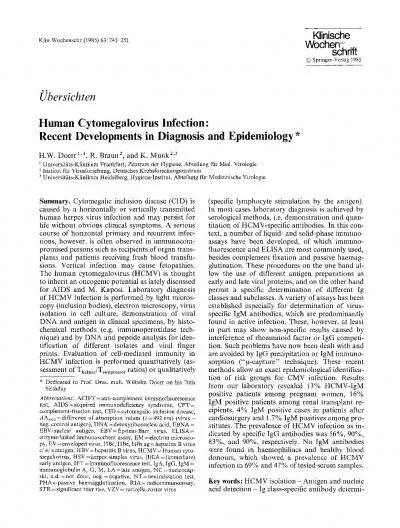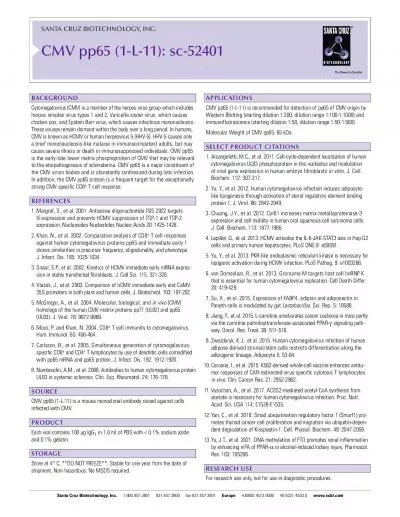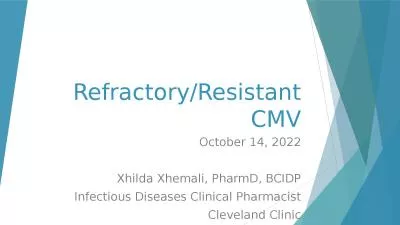PPT-Optimizing CMV Prevention
Author : cheryl-pisano | Published Date : 2017-07-29
Sharon F Chen MD MS Hayley Gans MD February 19 2015 What is the optimal CMV prevention strategy for pediatric solid organ transplant patients Main prevention strategies
Presentation Embed Code
Download Presentation
Download Presentation The PPT/PDF document "Optimizing CMV Prevention" is the property of its rightful owner. Permission is granted to download and print the materials on this website for personal, non-commercial use only, and to display it on your personal computer provided you do not modify the materials and that you retain all copyright notices contained in the materials. By downloading content from our website, you accept the terms of this agreement.
Optimizing CMV Prevention: Transcript
Download Rules Of Document
"Optimizing CMV Prevention"The content belongs to its owner. You may download and print it for personal use, without modification, and keep all copyright notices. By downloading, you agree to these terms.
Related Documents

